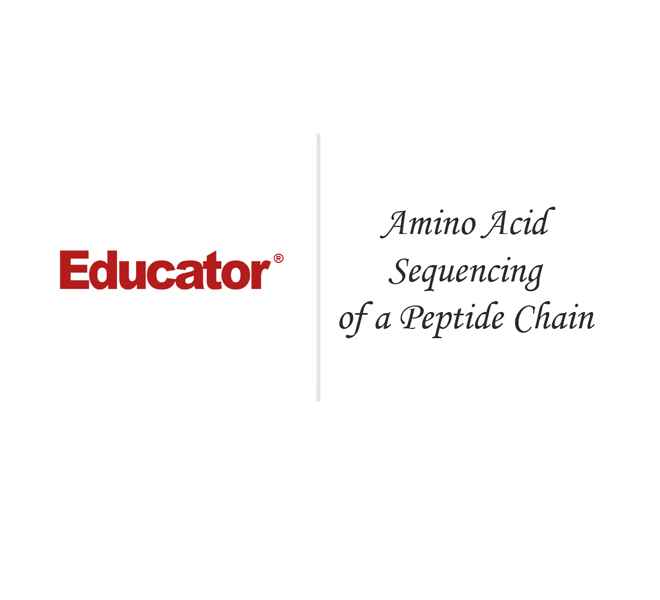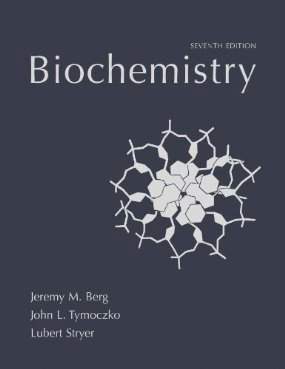Connecting...

This is a quick preview of the lesson. For full access, please Log In or Sign up.
For more information, please see full course syllabus of Biochemistry
For more information, please see full course syllabus of Biochemistry
Biochemistry Amino Acid Sequencing of a Peptide Chain
Lecture Description
In peptides, the “primary structure” is the sequence of amino acids, which determines how it will fold and form a three-dimensional shape. Its shape plays a major role in its structure and function. The Edman Degradation can be used to determine a peptide’s primary structure. This process breaks a peptide down piece by piece and identifies each amino acid as it is removed. Peptides are reacted with phenyl isothiocyanate (PITC or Edman’s Reagent) in basic conditions and then the fragments are analyzed. This lecture contains several examples as well as the mechanism for the Edman Degradation.
Bookmark & Share
Embed
Share this knowledge with your friends!
Copy & Paste this embed code into your website’s HTML
Please ensure that your website editor is in text mode when you paste the code.(In Wordpress, the mode button is on the top right corner.)
×
Since this lesson is not free, only the preview will appear on your website.
- - Allow users to view the embedded video in full-size.
Next Lecture
Previous Lecture










































 Answer Engine
Answer Engine




0 answers
Post by Anthony Villarama on January 4, 2019
Thank you Raffi. You are a world class teacher. I want to be like someday.
1 answer
Wed Mar 5, 2014 3:46 PM
Post by Billy Jabbar on March 5, 2014
Interesting lecture Dr. Hovasapian.
My instructor skipped over Edman degradation in class and instead decided to focus on newer Mass Spectrometry techniques that are beginning to replace classical protein sequencing techniques like Edman Degradation. I still thought it was worth learning because I see many other classes do cover it, but was wondering if you may include a lecture on applications of Mass Spectrometry for protein sequencing in the future. Thanks!
0 answers
Post by Matthew Humes on September 29, 2013
I would like to agree with Omri, very clear and concise. A welcome change from my lectures =)
1 answer
Fri Sep 20, 2013 11:56 PM
Post by omri shick on September 20, 2013
thank you! it is very helpful lecture !!